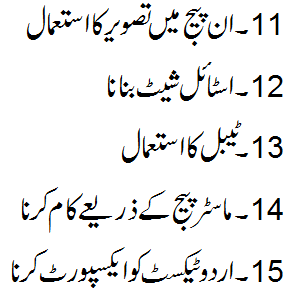Active Anticheat

‹ The is being. › Valve Anti-Cheat Initial release 2002,, Windows, Linux Website Valve Anti-Cheat ( VAC) is an developed by as a component of the platform, first released with in 2002.  When the software detects a cheat on a player's system, it will ban them in the future, possibly days or weeks after the original detection. It may kick players from the game if it detects errors in their system's or hardware. No information such as date of detection or type of cheat detected is disclosed to the player.
When the software detects a cheat on a player's system, it will ban them in the future, possibly days or weeks after the original detection. It may kick players from the game if it detects errors in their system's or hardware. No information such as date of detection or type of cheat detected is disclosed to the player.
After the player is notified, access to online 'VAC protected' servers of the game the player cheated in is permanently revoked and are applied to the player's Steam account. During one week of November 2006, the system detected over 10,000 cheating attempts. Contents • • • • • • • History [ ] In 2001, Even Balance Inc., the developers of the anti-cheat software designed for Counter-Strike and Half-Life mods, stopped supporting the games as they had no support from Valve. Valve had also rejected business offers of integrating the technology directly into their games.
They call it Active anticheat but for me it s the same or maybe modified Frost security anticheat. It differs cause the Launcher launch the private server like: Launcher ---> ActiveLauncher(the one that call the anticheat and the.sys driver)---> and if the files is not modified or.sys loaded etc the game is launching.
Valve started working on a 'long-term solution' for cheating in 2001. VAC’s initial release was with in 2002. During this initial release, the system only banned players for 24 hours. The duration of the ban was increased over time; players were banned for 1 year and 5 years, until VAC2 was released in 2005, when any new bans became permanent. VAC2 was announced in February 2005 and began beta testing the following month. On November 17, 2006, they announced that 'new [VAC] technology' had caught 'over 10,000' cheating attempts in the preceding week alone. During the early testing phase in 2002, some information was revealed about the program via the.
It can detect versions of 'OGC's OpenGl Hack,' cheats, and also detects changers as cheats. Information on detected cheaters is sent to the ban list server on IP address 205.158.143.67 on port 27013, which was later changed to 27011. There is also a 'master ban list' server.
RAM/hardware errors detected by VAC may kick the player from the server, but not ban them. Eric Smith and Nick Shaffner were the original contacts for game administrators. In February 2010, the VAC Team consisted of Steam's lead engineer John Cook and his team of 16 engineers. In July 2010, several players who successfully used information leaked from Valve to increase their chances of finding a rare Team Fortress 2 weapon/tool called the Golden Wrench found themselves banned by VAC.
During the same month, approximately 12,000 owners of were banned when Steam updated a file on-disk after it had been loaded into memory by the game, causing a false positive detection. These bans were revoked and those affected received a free copy of or an extra copy to send as a gift. In February 2014, rumors spread that the system was monitoring websites users had visited by accessing their.

Responded via, clarifying that the purpose of the check was to act as a secondary counter-measure to detect, and that it affected one tenth of one percent of clients checked which resulted in 570 bans. As of May 2016, the system began banning accounts that were registered with the same phone number. Additionally, a phone number that was used on an account at the time it was banned will not be allowed to be re-registered on other accounts for three months. The system has been criticised for failing to detect LMAOBOX, a popular cheat program for, until May 2016, which resulted in a wave of bans.